E-bikes have been causing a stir recently for many reasons. In the international setting, bicycle manufacturers have embraced e-bikes with dramatic results. Electric motors are being built into cargo bikes to enable cyclists more loading capacity, as well as utility and city bikes to help casual cyclists go farther or get around hilly urban settings that would otherwise prevent them from using a bike for transport. There have also been amazing stories of people using e-bikes to get over that initial fitness hump, or elderly cyclists who are rediscovering their love for the bike with the help of pedal-assist motors.
In the local scene, e-bikes might just be the answer to our traffic gridlock because they require less fitness and endurance preparation to use.
Unfortunately, the Philippine government seems confused by how it should treat e-bikes. For the most part, this has to do with a lack of understanding that there are different types of electric bikes, with different levels of regulation required for each. In this article, we will try to explain the difference between pedal-assist bicycles, throttle-driven e-mopeds, and electric motorcycles.
Pedal-assist bicycles
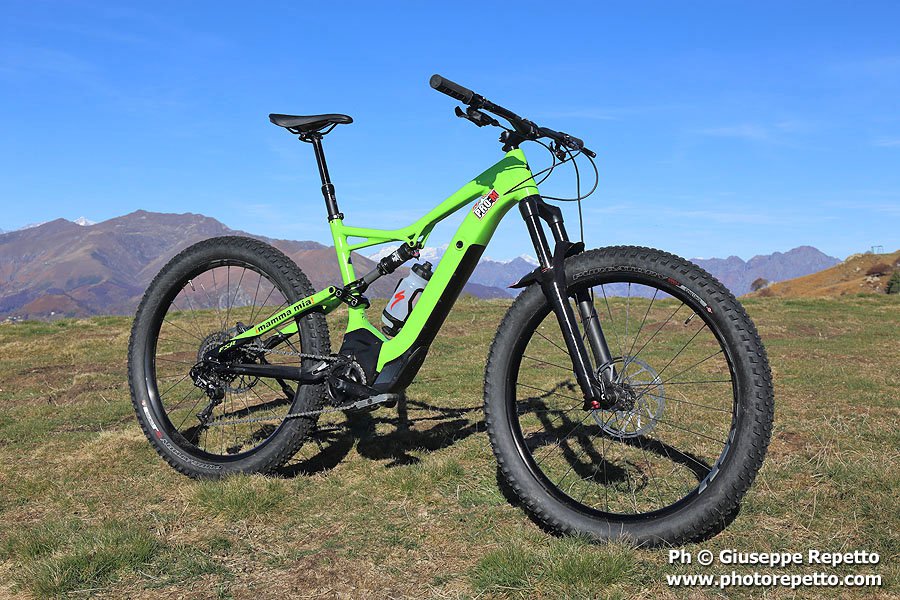

The closest thing to a regular bicycle are pedal-assist e-bikes or pedelecs (pedal electric cycle). While older models had throttles, modern pedelecs are usually pedal-assist-only which means that you have to pedal the bike to make it go. An electric motor assists the pedaling but does not help beyond a certain range, with the motor cutting off at around 25km/h. This makes pedal-assist bikes particularly useful for going up climbs, getting around hilly areas, or carrying heavier loads. There are some pedelecs with more power (appropriately referred to as s-pedelecs) which can go up to 45km/h, but they are still just bicycles with more power to assist the cyclist with pedaling.
Throttle-driven e-mopeds
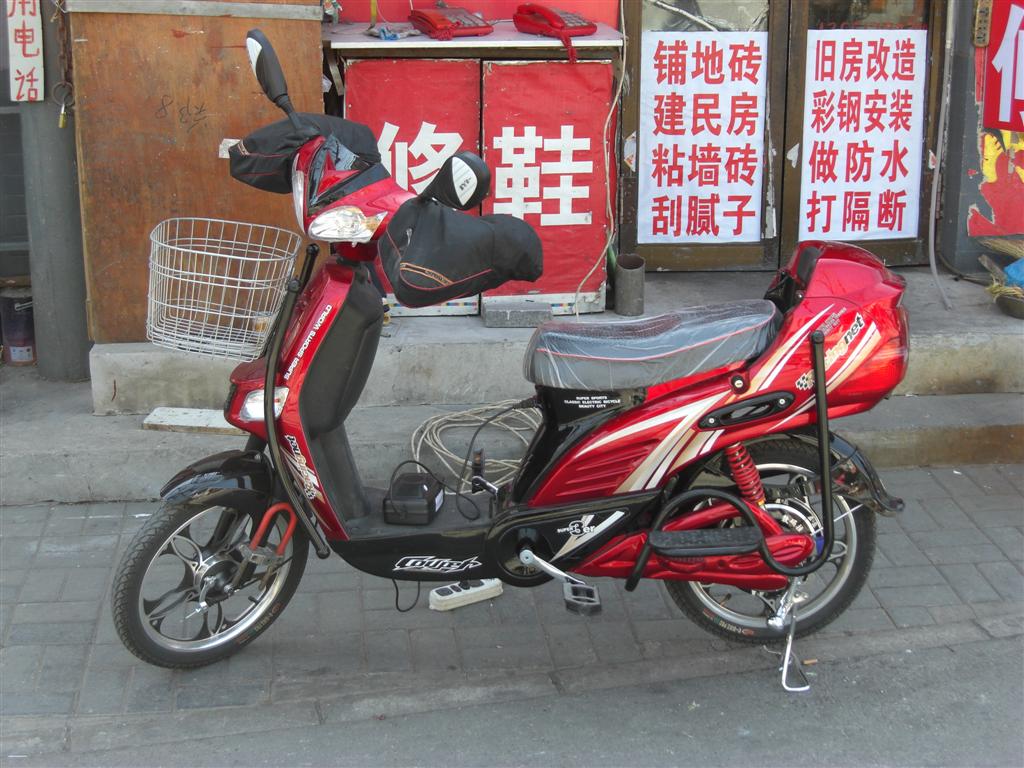

There are also throttle-driven e-bikes or e-mopeds (electric motor pedaler), which can move forward without any pedaling at all as the motor on an e-moped is controlled by a throttle on the handlebar. These bikes can move on motor power, or by pedaling, or both. These bikes are like pedelecs in that they have pedals and their power is within the range of pedelecs and s-pedelecs, but are also like motorcycles in that they can be used without any pedaling at all.
Electric motorcycles
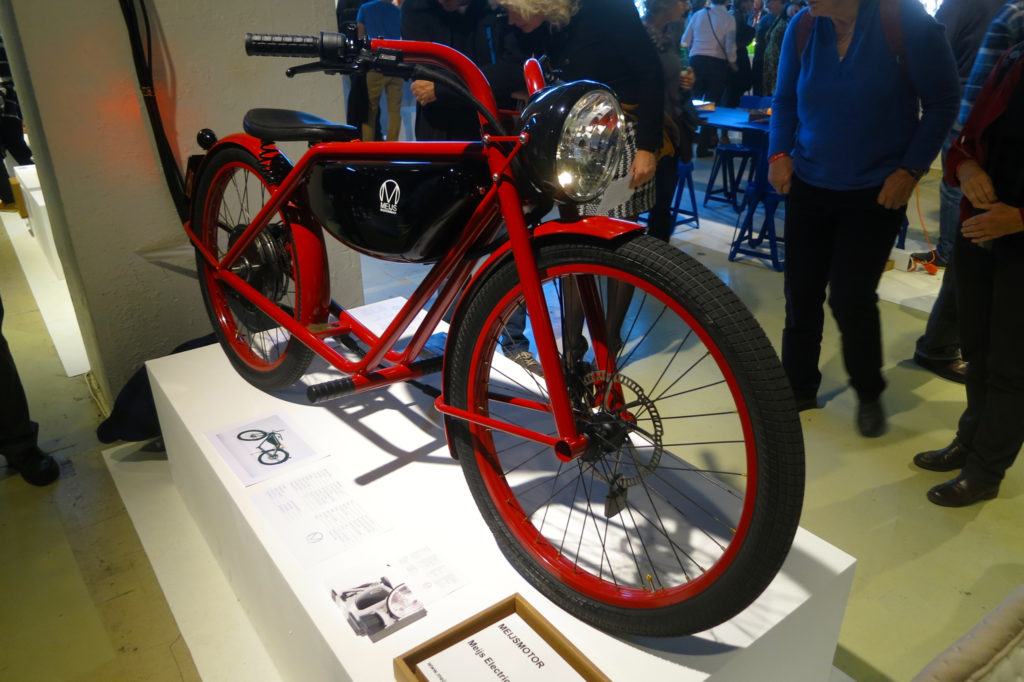

The lumping together of pedal-assist bikes and e-mopeds with electric motorcycles is a prime example of how little-understood e-bikes are in the country. Electric motorcycles are just motorcycles with electric rather than conventional combustion engines. They do not have pedals, and should therefore be held separately from e-bicycles.
Electric bicycles are gaining popularity and for good reason. They are efficient, their lower fitness requirement is attractive to more people, and they make tasks such as carrying cargo and traveling in hilly areas more possible on a bicycle. As the prices of these bicycles drop, they should also become more accessible to more people.
Unfortunately, confusing electric bicycles with e-mopeds and e-motorcycles can have a paralyzing effect on adoption and regulation. Most countries adopt a speed-based approach to their regulation of both pedelecs and e-mopeds, with maximum speed limits ranging from 25km/h to 45km/h as the basis.
Because pedelecs and some e-mopeds operate at lower speeds, and because they are usually still pedal-driven, the regulation of these vehicles should be minimal to encourage more people to use them. Pedelecs, in particular, are really not much different from a regular bicycle and are often slower than a bicycle being ridden by an enthusiast. E-mopeds, if rated for maximum speeds of 25km/h or just slightly higher are not much different although some regulation could be welcome here.
Featured image from Marco Verch (trendingtopics) used under Creative Commons 2.0 license.

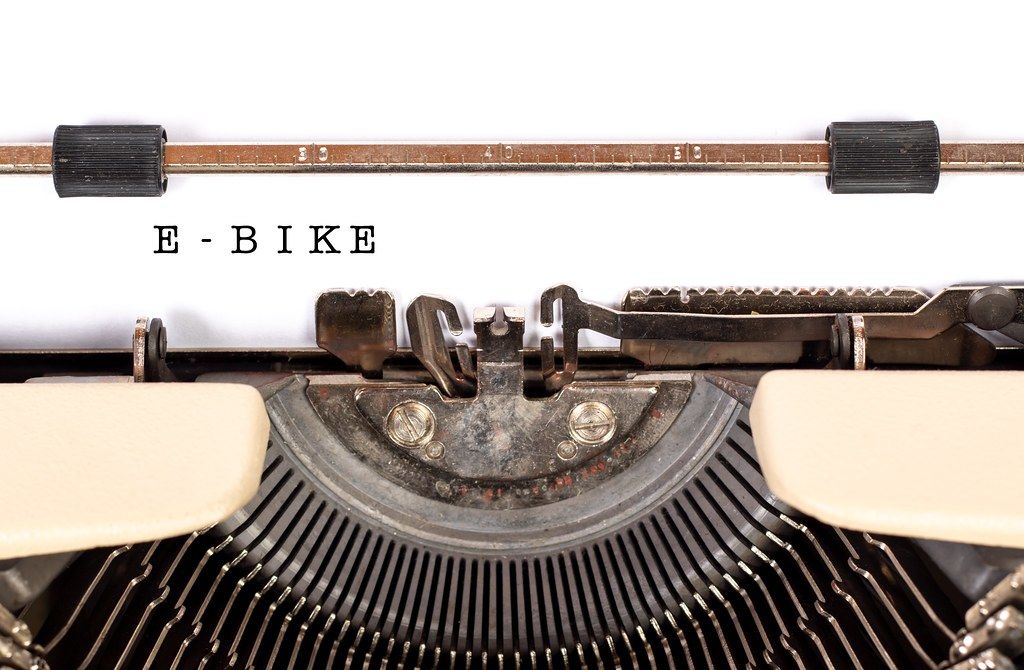
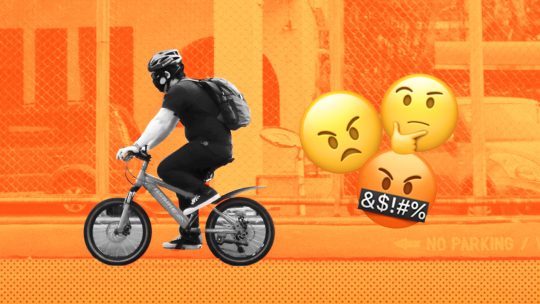

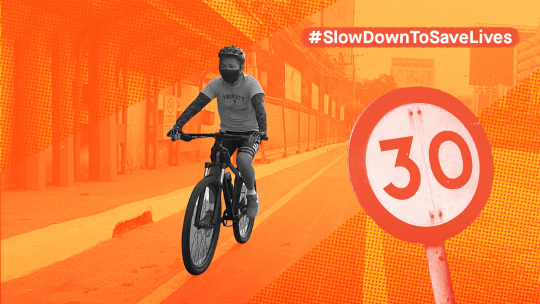
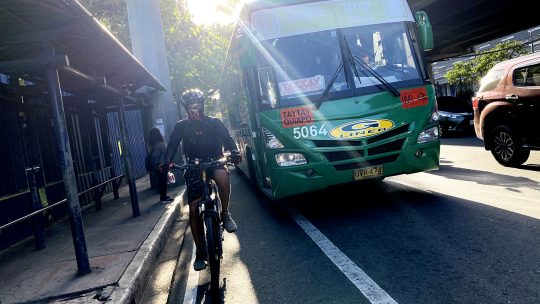
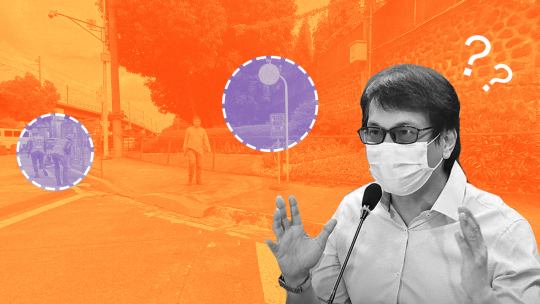
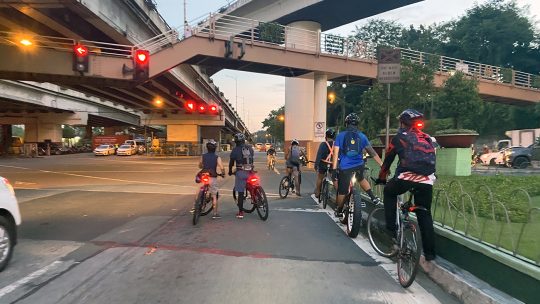
Leave a Comment